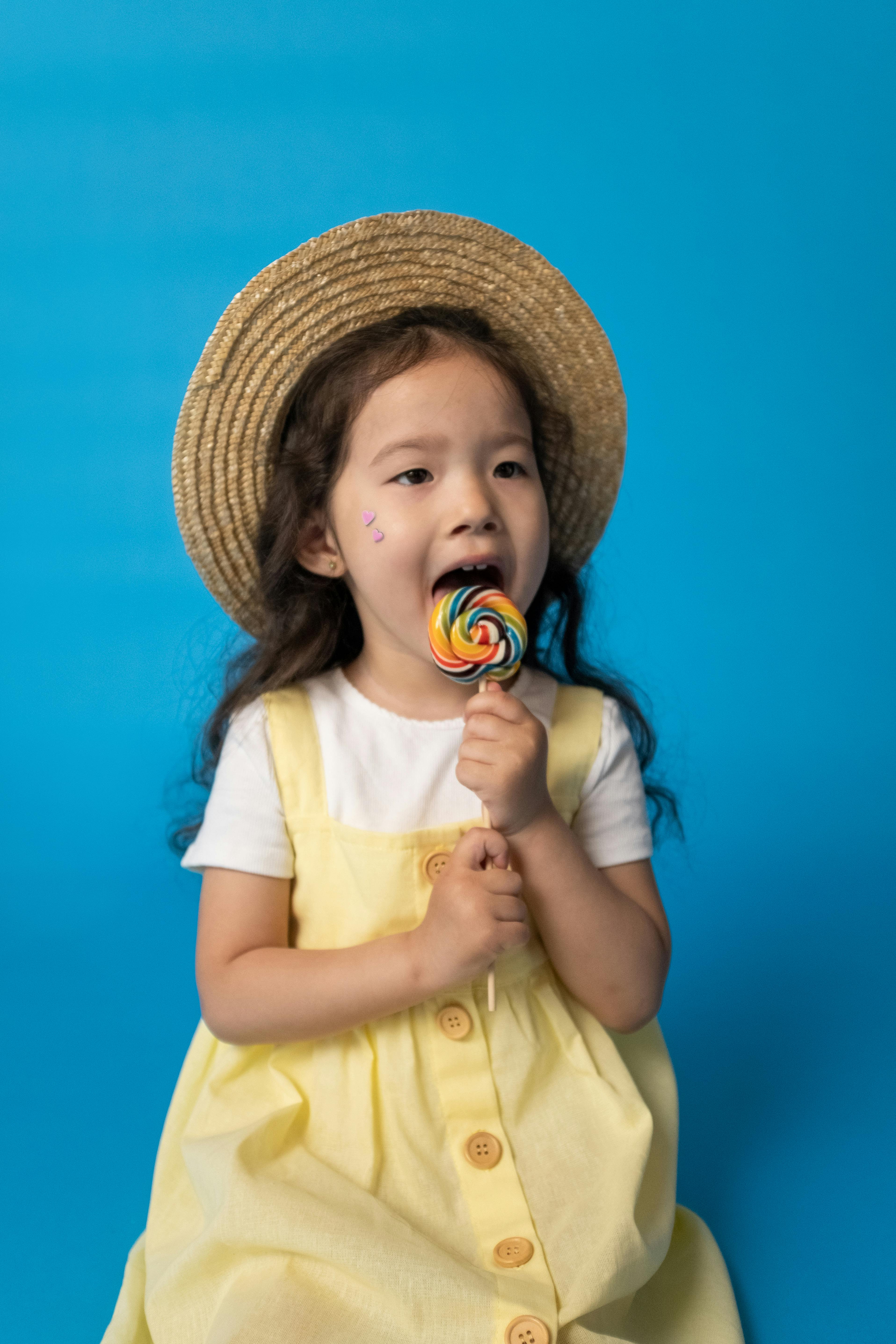When it comes to indian bridal beliefs, there’s so much that happens, and it often starts long before the great day https://asiansbrides.com/hot-indian-women. Before the bride walks down the aisle, the bridegroom is welcomed by his soon- to- been in- legislation and friends with a parade known as the baraat. The man is escorted by his friends or on the back of an elephant to the meeting site( mandapa) where his upcoming mommy- in- law may wash his feet, sprinkle him with crimson and offer milk and honey. She may actually attempt to steal his boots, which he will have to pay for if she succeeds. The bridegroom is finally adorned with flowers for luck and prosperity and he wears an ornate sherwani.

In front of the drawing is a spiritual blaze that represents Agni, the Hindu deity of career. The bride and groom likely walk around the fire jointly four or seven periods– these are called pheras. During this ceremony, the couple is blessed for foodstuff, riches https://docs.python.org/3/library/xml.etree.elementtree.html, happiness, children, and tranquility as well as their commitment to each other.
After the pheras, it’s time to marry! The kanyadaan, also known as roka, epic or sakharpudra, is when the bride’s dad gives her aside to the man. The couple then swap bands and the priest read a song that absolves them of their debt to their parents and relatives and welcomes them into their individuals. Then the groom places the Mangalsutra around the neck of his wife and they take seven steps forward, each representing one of the following: dharma ( morality ), artha ( wealth ), kama ( personal gratification ), moksha ( spirituality ). They are therefore publicly married!
